Understanding Premise and the One-Sentence Story Concept
Over the last few weeks we’ve been taking a look at key moments in your novel’s structure. This week, before…
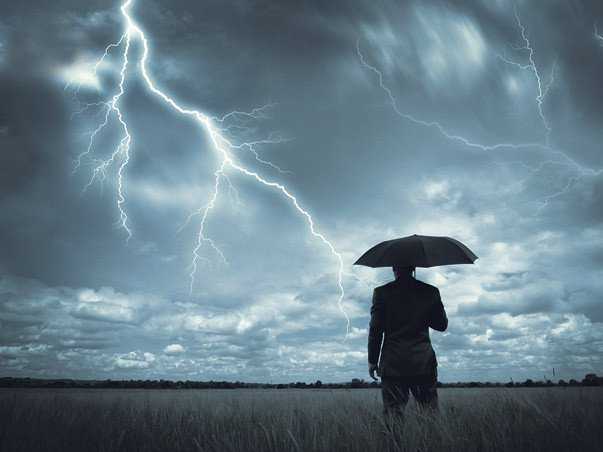
Over the last few weeks we’ve been taking a look at key moments in your novel’s structure. This week, before…
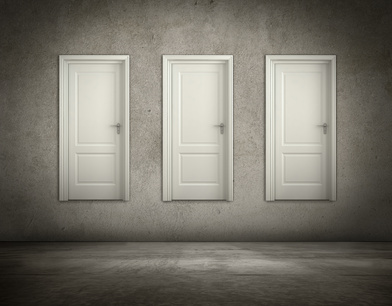
We’ve been looking at the downside to the three-act structure these last two weeks, and I’ve shared my thoughts on…
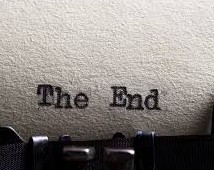
For this week’s Throwback Thursday, we’re looking at excerpts from past posts on Live Write Thrive that tie in with…
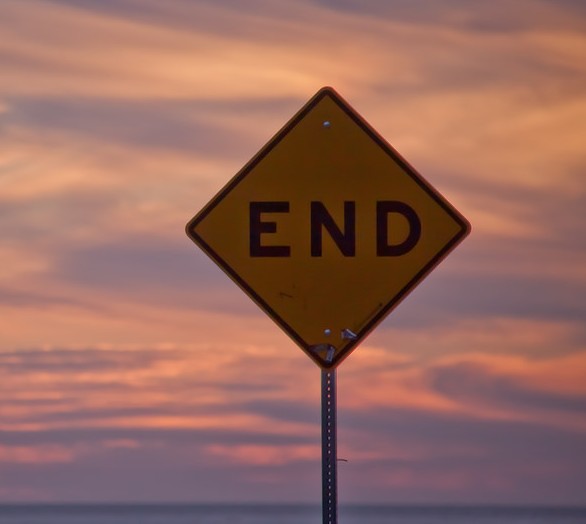
For this week’s Throwback Thursday, we’re looking at excerpts from past posts on Live Write Thrive that tie in with…
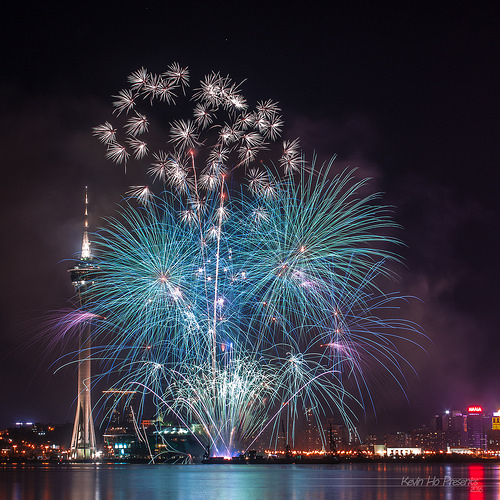
Today’s post is reprinted by permission from editor Alan Rinzler. Alan worked for years at the top publishing houses with…
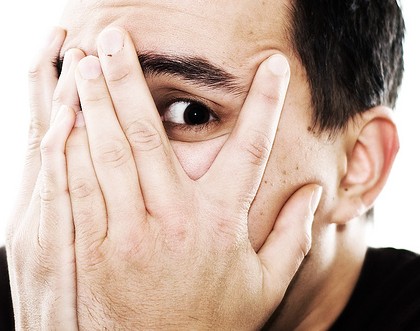
Last week I talked about the natural action-reaction cycle that’s such an important issue in fiction writing. So many manuscripts…
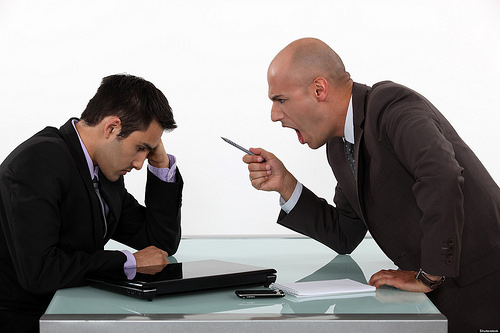
You’re in the middle of reading a book. Suddenly you hear a loud crash outside. It sounds as if a…

Readers will often stop reading before they finish the first page of your story. While this has always been true,…
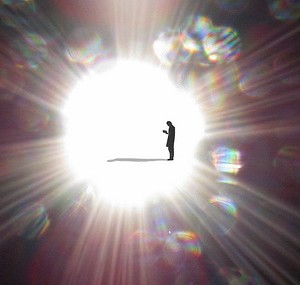
For this week’s Throwback Thursday, we’re looking at excerpts from past posts on Live Write Thrive that tie in with…

Subscribe to my email blasts to level up your writing and be notified of upcoming events and offers!
No products in the cart.